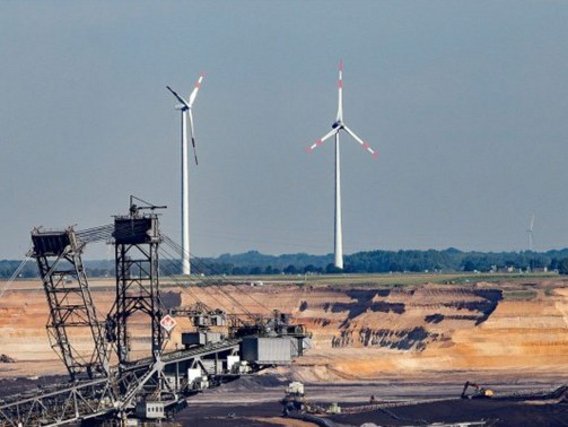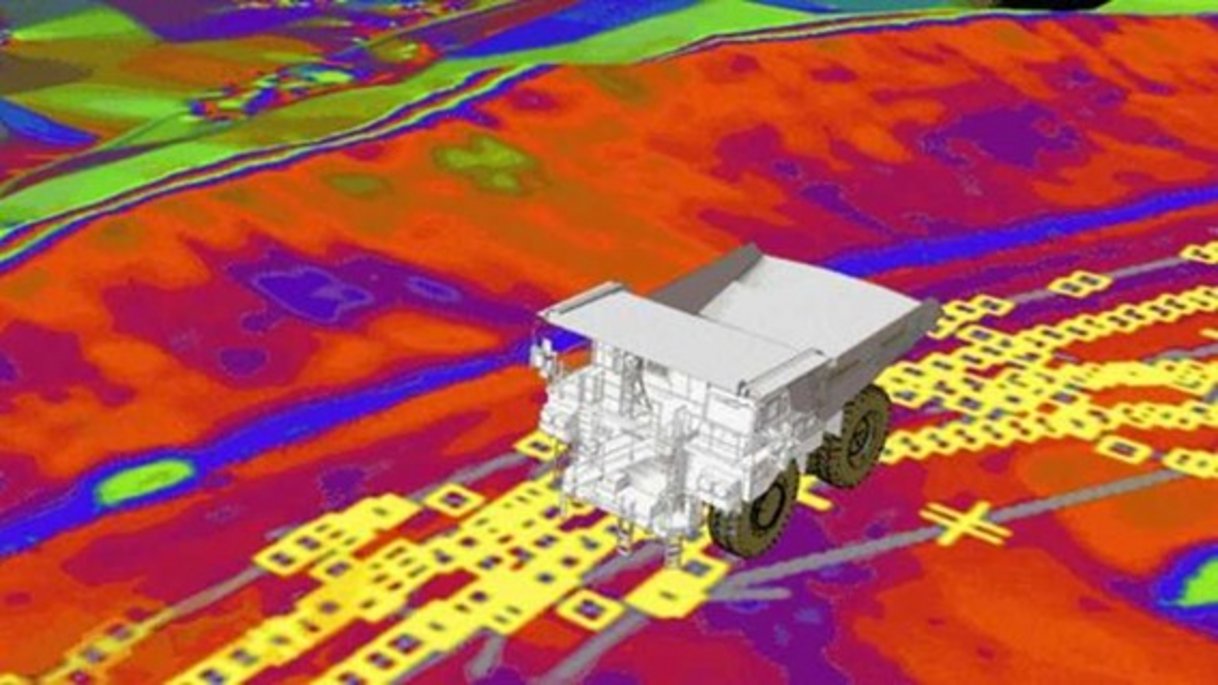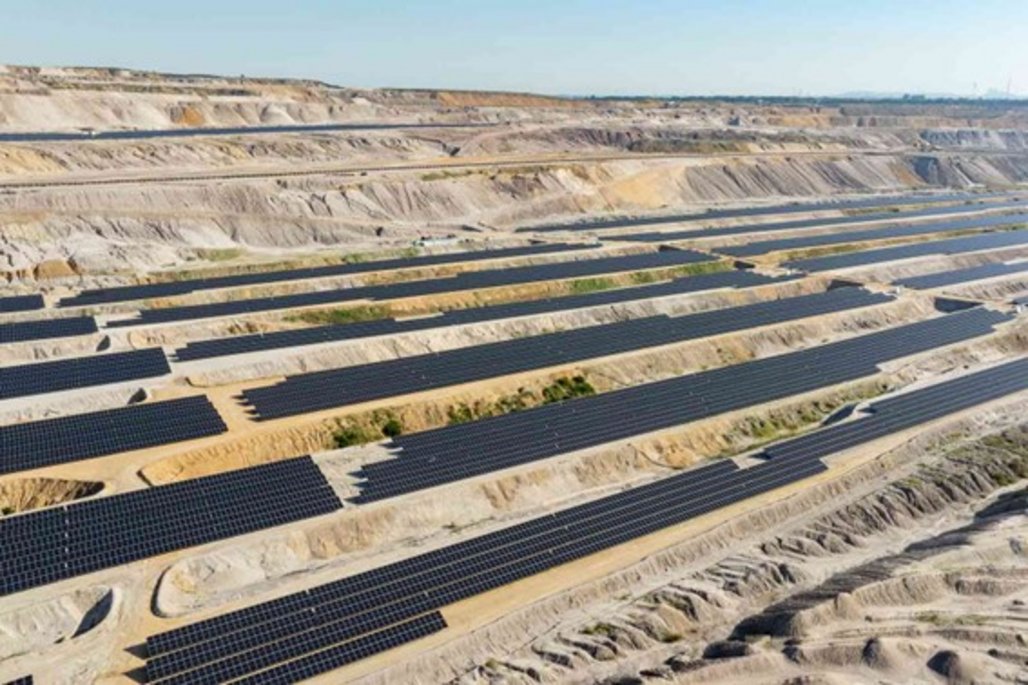
The search for more sustainable mining is not just a trend, but an urgent necessity in the face of growing environmental, social, and regulatory demands. The mineral sector, which is essential for global economic development and the energy transition, is often associated with significant negative impacts, such as deforestation, water contamination, landscape alteration, and conflicts with local communities. For this reason, sustainability in mining has become a strategic commitment for companies that wish to maintain their social license to operate and ensure business longevity.
In this article, we will explore the main sustainable technologies and practices that are revolutionizing mining in Brazil and around the world, and how they point to a more balanced future between resource exploitation and environmental preservation.


